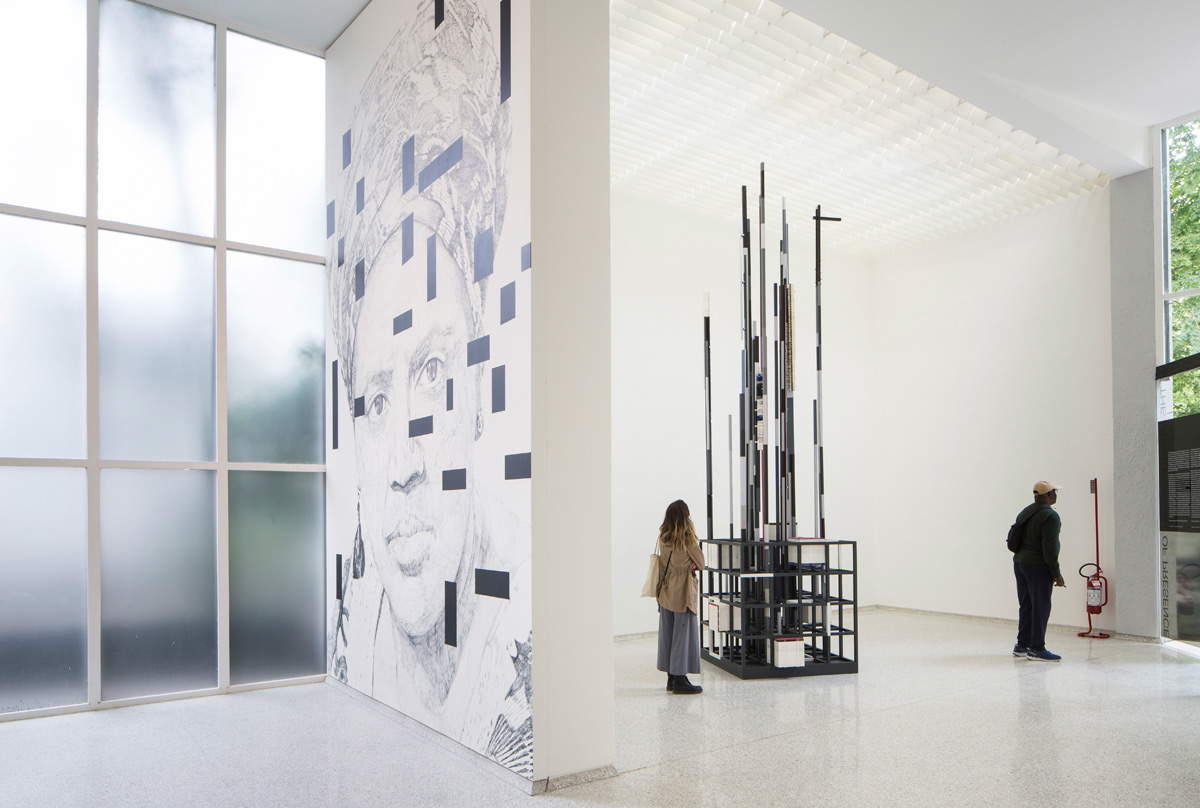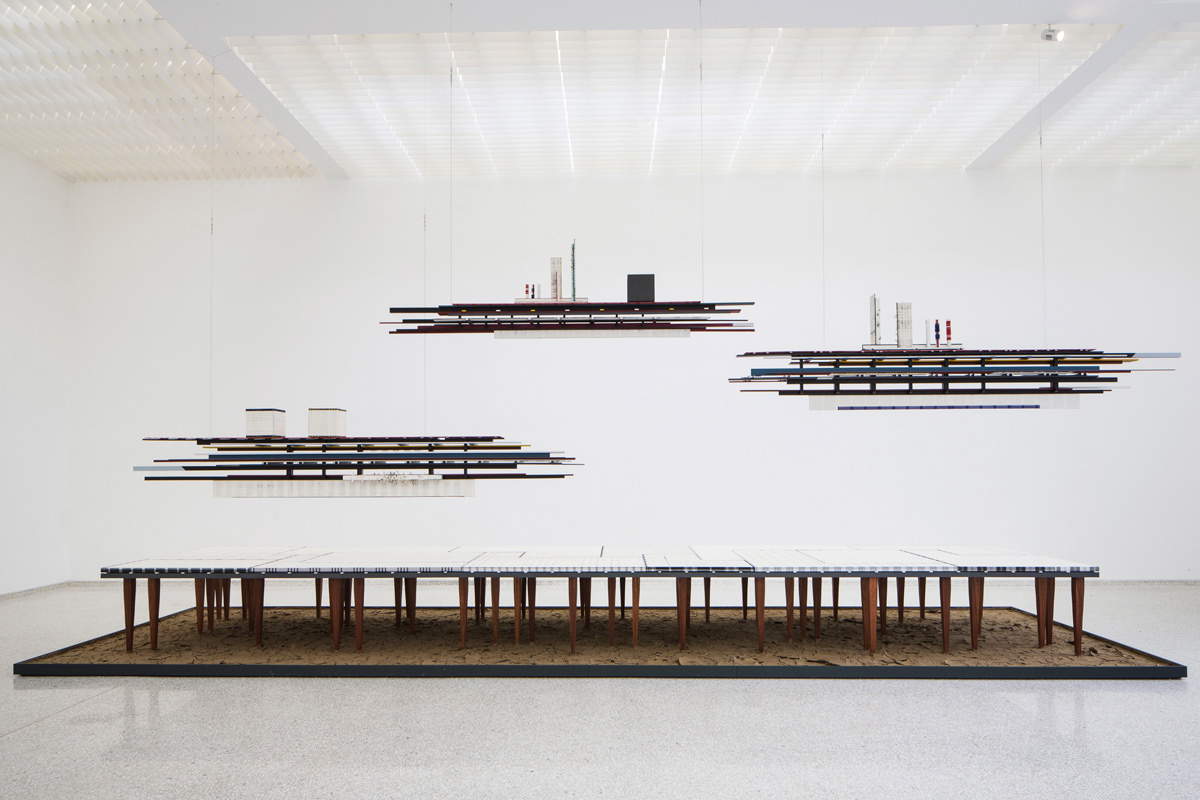Entitled The measurement of presence, the exhibition the Netherlands is bringing to its pavilion at the fifty-eighth Venice Biennale. To represent theNetherlands, curator Benno Tempel, commissioned by Mondriaan Fund, has called on artists Iris Kensmil and Remy Jungerman, with an exhibition that proposes an alternative, transnational approach to all that unites us, in the awareness that we live in a condition of continuous evolution. Jungerman and Kensmil have thus chosen to probe the opportunities arising from an attitude that does not simply accept but even goes so far as to embrace this state of constant change. The intent is to understand how a more authentic measurement at the level of presence, thought and story is necessary for our interconnected existence.
So, an exhibition that intends to reflect on current events (even in the context of the Gardens, which by hosting national pavilions reflect the geopolitical connections of the 20th century) to present, with a transnational perspective, the continuous flows of people and things that cross national boundaries generating new identities. Jungerman and Kensmil have therefore analyzed either traditions and the past, putting them directly in touch with the present. Their transnational stance is a summation of different influences from various contexts: for example, in their project the two artists claim to be inspired by 20th-century modernism (Stanley Brouwn) and the avant-garde(Piet Mondrian and De Stijl) with elements from other traditions and positions.
In Remy Jungerman’s work, motifs drawn from the modernism of the De Stijl movement, Maroon culture, and the rituals of the Winti religion coexist, capable of evoking interaction and highlighting obscure points in art history. Jungerman is interested in the path of patterns and motifs, and for the Dutch pavilion at the 2019 Art Biennale, the artist created two installations where he wanted to collect the strengths of the Netherlands’ ancestors in the broadest sense (from the Netherlands to Suriname, Indonesia and other countries) with the intention of connecting the various cultures to start an open conversation projected into the future.
Iris Kensmil describes her work as a portrait of memories, referring to the possibility of making visible the hitherto ignored history of people of color. Those she presents to the audience are in fact black authors, philosophers, activists and musicians. By integrating the ideas of the past with our current knowledge, the artist wants to broaden our horizons, leaving some room for new changes to arise. Without simply being a mirror of our history, his work also seeks to add new dimensions to the present. The installation created by Kensmil is monumental enough to occupy the surface of several walls, where the artist combines the utopian thinking of modernism and seven figures of female intellectuals whose work is able to offer an emblematic perspective on modernity and the future.
The architecture of the Pavilion, created by Rietveld, was conceived with the intention of playing a decisive role in the design of the exhibition and does not include any architectural intervention. In fact, curator Tempel wants the Pavilion to be perceived as a meeting space where people have the opportunity to reflect on the present and the past.
 |
| The Pavilion of the Netherlands. Ph. Credit Francesco Galli © La Biennale di Venezia |
 |
| The Pavilion of the Netherlands. Ph. Credit Francesco Galli © La Biennale di Venezia |
 |
| The Pavilion of the Netherlands. Ph. Credit Francesco Galli © La Biennale di Venezia |
 |
| The Pavilion of the Netherlands. Ph. Credit Francesco Galli © La Biennale di Venezia |
 |
| The Pavilion of the Netherlands. Ph. Credit Francesco Galli © La Biennale di Venezia |
 |
| Biennale, a transnational presentation of our interconnected existence at the Holland Pavilion |
Warning: the translation into English of the original Italian article was created using automatic tools. We undertake to review all articles, but we do not guarantee the total absence of inaccuracies in the translation due to the program. You can find the original by clicking on the ITA button. If you find any mistake,please contact us.